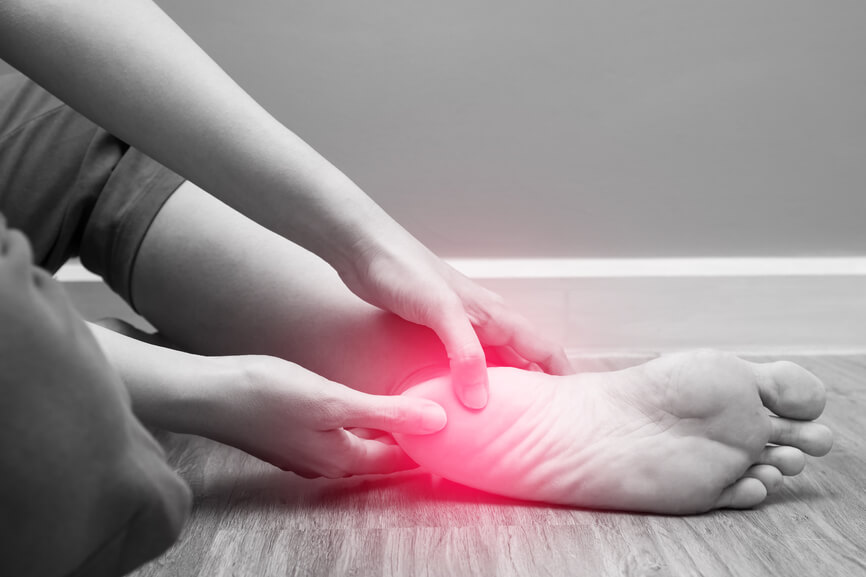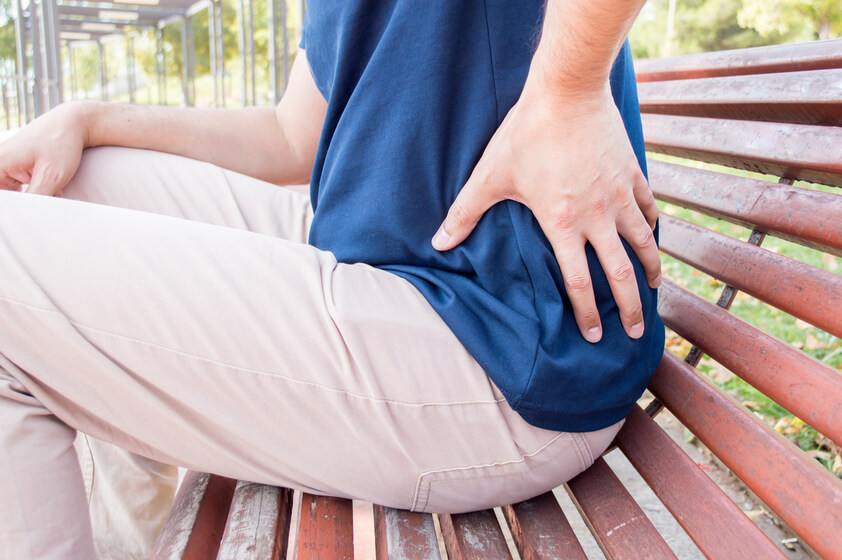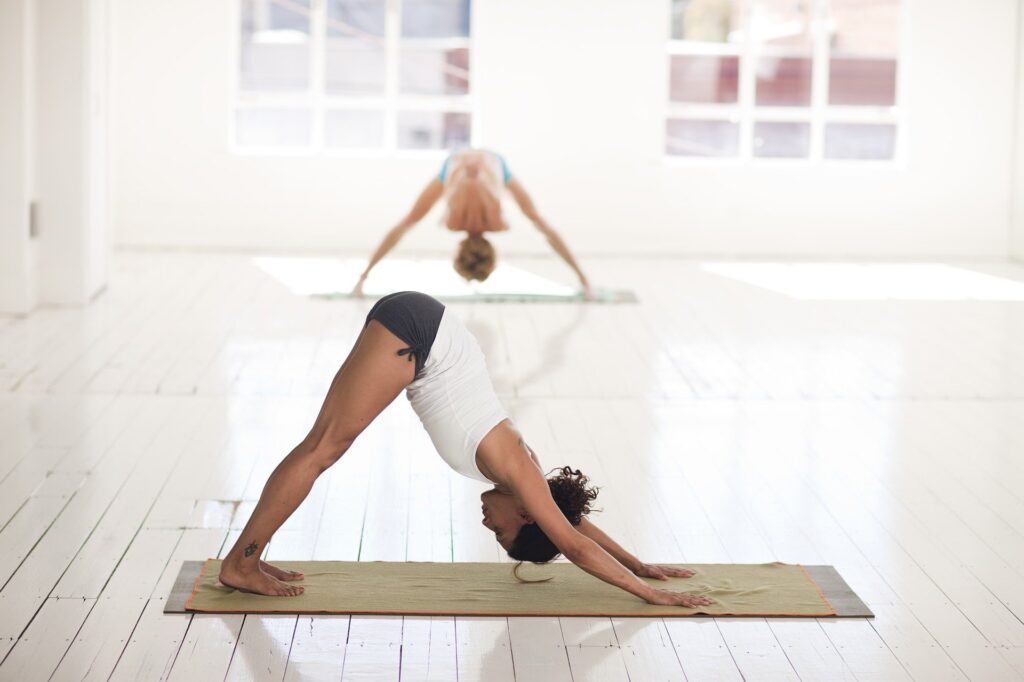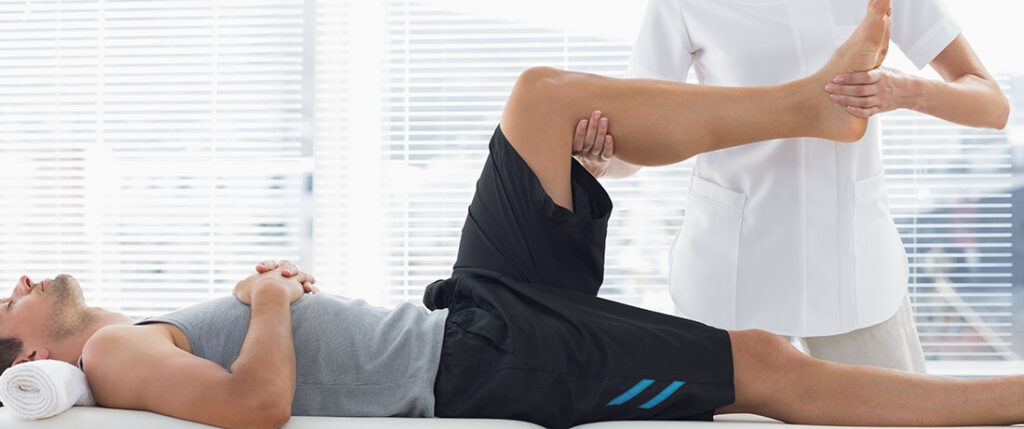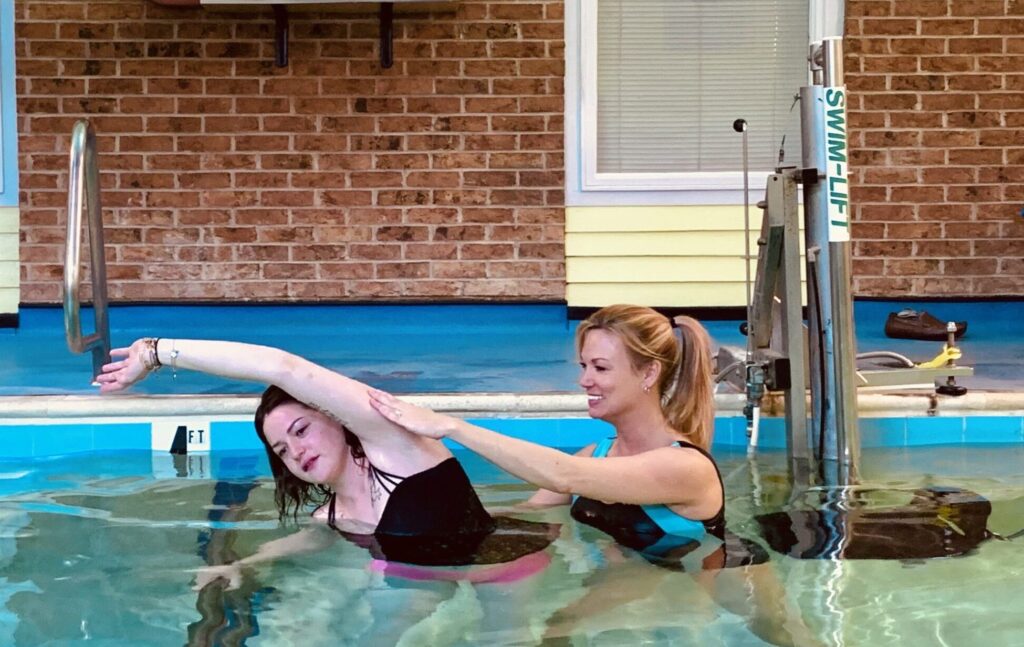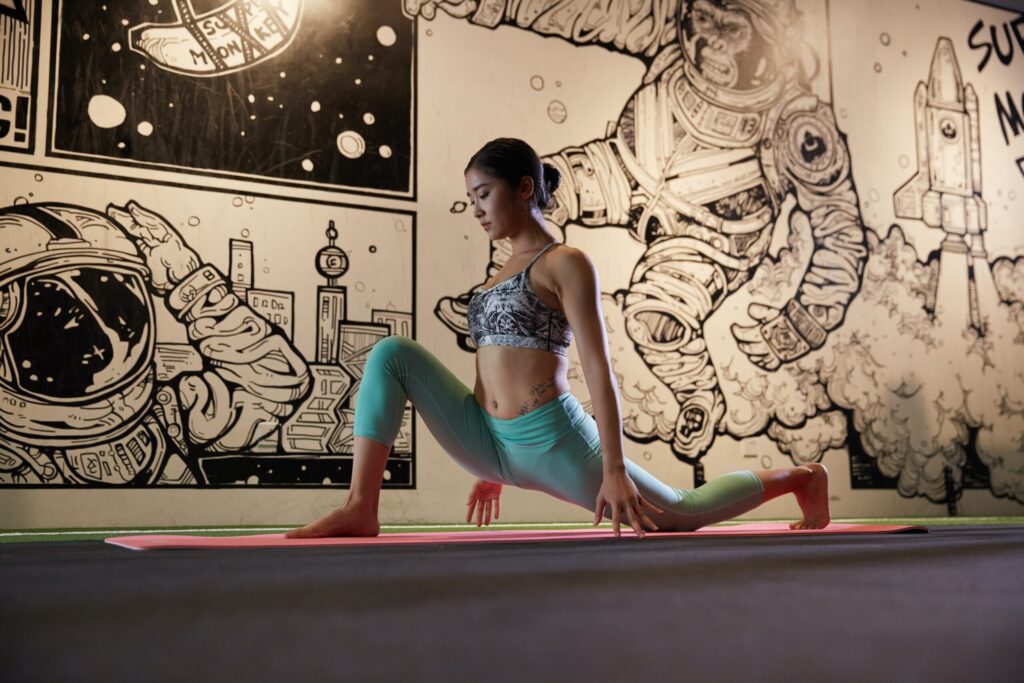
Ready for Summer Road Trips? Is Your Body?

Road trips are an exciting way to explore new places, but long hours in the car can take a toll on your body. Sitting for extended periods can lead to back pain, stiff muscles, and poor circulation, making your journey uncomfortable. Fortunately, with a few simple adjustments and mindful habits, you can avoid these issues and keep your body feeling great throughout your trip. In this blog, we’ll share key tips to help you stay pain-free—everything from adjusting your seat properly and monitoring your posture to taking frequent rest breaks, staying active during the drive, using supportive cushions, and being mindful of your leg positioning. By following these strategies, you’ll be able to enjoy your road trip without discomfort and arrive at your destination feeling refreshed and ready to explore!
Adjust Your Seat
Before you even hit the road, it’s essential to set up your seat properly to minimize strain on your body. Start with lumbar support—place a cushion or a rolled-up towel behind your lower back to maintain the natural curve of your spine and reduce pressure on your back. Next, adjust the seat height so that your knees are at a 90-degree angle with your feet flat on the floor or footrest, helping to avoid strain on your hips and legs. Lastly, tilt your backrest slightly back (around 100 degrees) to prevent slumping, which can stress your lower back. A few simple adjustments can make a huge difference in keeping you comfortable during those long hours on the road.
Monitor Posture
Maintaining good posture while sitting in the car is crucial to preventing pain and discomfort. Sit up straight and avoid slouching or leaning forward, as this can put unnecessary pressure on your spine and hips. Keep your shoulders back, relaxed, and aligned with your hips to prevent upper back and neck pain. Be mindful of your neck position—use the headrest for support, and if you notice your head tilting forward, adjust the seat or use a travel pillow to keep your neck in a neutral position. These small adjustments will go a long way in ensuring a more comfortable and pain-free road trip.
Take Frequent Rest Breaks
Sitting for long periods can lead to tight muscles, poor circulation, and discomfort. That’s why it’s important to plan regular breaks during your road trip. Aim to stop every 1–2 hours to give your body a chance to stretch and move around. Stand up and walk around to get your blood flowing and relieve muscle tension. During each pit stop, take a few minutes to stretch—focus on your legs, back, neck, and shoulders. A simple hip flexor stretch can help: stand and take a step back with one leg, stretching the front of your hip, and hold for 30 seconds on each side. A seated spinal twist is great for your back: sit in the car, cross your arms over your chest, and gently rotate your torso side to side. Don’t forget your neck—slowly tilt your head to one side and hold for 15–30 seconds on each side to ease tension. These quick stretches will keep your body comfortable and energized throughout the trip.
Stay Active During the Drive
While you can’t always get out and walk around, there are plenty of ways to stay active while sitting. Try foot pumps and circles by regularly lifting your feet off the floor, pumping your ankles, and doing small foot circles to keep blood flowing and prevent stiffness. Knee raises are another great option: lift one knee toward your chest while keeping your back straight, hold for a few seconds, then lower it slowly, and repeat on both legs. For an extra boost to your core and spine, do seated pelvic tilts—gently rock your pelvis forward and backward while sitting to mobilize your spine and activate your core muscles. These simple movements can help you stay comfortable and energized during long stretches of sitting.
Use Supportive Cushions
If you’re driving for hours, consider adding extra support to minimize discomfort. A lumbar cushion or seat cushion can provide additional support for your lower back and hips, reducing pressure and promoting better posture. If you’re a passenger, a neck pillow or travel cushion can be a game-changer for supporting your head and neck during naps, preventing stiffness and ensuring you wake up feeling refreshed. These simple additions can make a world of difference in keeping you comfortable throughout your journey.
Be Mindful of Leg Positions
For those long hours on the road, keeping your legs in the right position is key to preventing stiffness and swelling. Ensure that your feet are flat on the floor, avoiding propping them up on the dashboard or tucking them under your seat, as these positions can strain your muscles and joints. During breaks, take the time to do some leg stretches to help prevent swelling and stiffness in your hips, knees, and ankles. A few minutes of stretching will keep your legs feeling fresh and comfortable, making the drive much more enjoyable.
Ready, Set, Go!
Incorporating these simple physical therapy tips into your road trip routine can make all the difference in ensuring a comfortable and enjoyable journey. A little preparation and mindful movement go a long way in keeping your body feeling great on the road. So, the next time you hit the highway, put these tips into practice and focus on the adventure ahead—your body will thank you every mile of the way! Safe travels!
We are here for you. If you are feeling pain or have an injury, give us a call at the location nearest you or drop us a line here.






